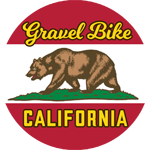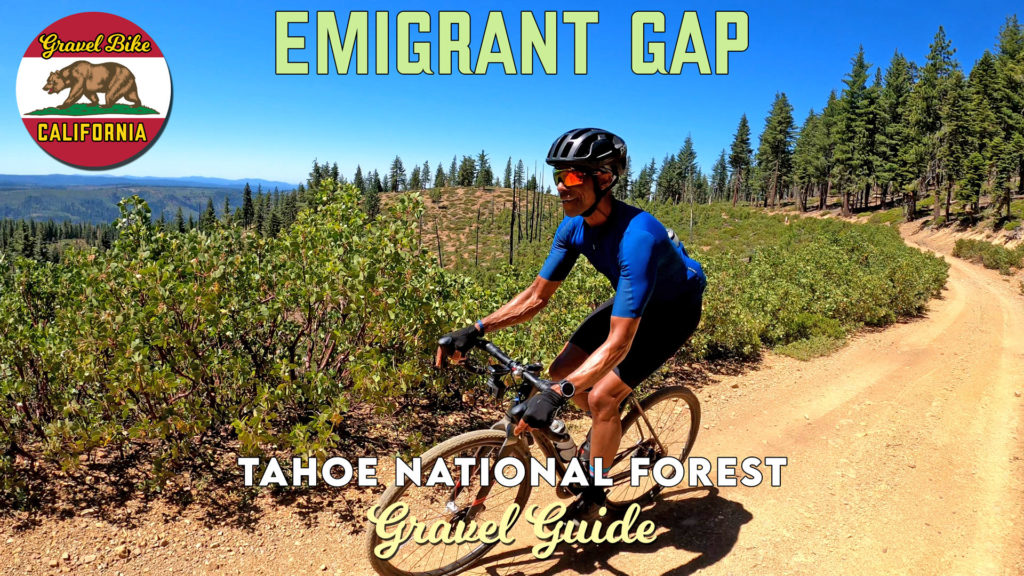Getting lost in the Sierras is a great experience nowadays, but for those pioneering in the mid 19th century, maybe not as much…
We’ve come too accustomed with our modern highways to easily overlook how difficult it was to transverse a mountain range when a stagecoach was your primary mode of transport.
Ten percent grades are tough enough on a gravel bike, but imagine trying to get all your possessions through the Sierras on the same terrain without roads even being laid out.
That was a big lure heading up to Emigrant Gap as many enticed to head west for the Gold Rush did so without much knowledge of what lays ahead.
Our gravel loop was a short, but stout twenty-seven miles that gave a clear indication of the troubles lying ahead for our predecessors.
Starting out of Emigrant Gap, it’s clear that this town more has its roots in the early 20th century as one of many stopovers for drivers making the passage similar to Route 66 or the Old Ridge Route.
Because we stayed the night, starting above 5,000 feet didn’t seem like an issue as did the first eight miles of mainly paved downhill.
Our focus on the difficulty shifted shortly after with a climb of 1.2 miles with an unwelcome matching 12%.
At least Texas Hill Road is still paved at this point, but soon Fire Road 19 branches off onto dirt where the adventure truly begins.
You’re graced with wider panoramas of the Sierras as the elevation assists in your perspective.
To the untrained eye, it’s hard to imagine picking out a proper route to transverse this on foot, let alone by wagon.
I just hope they were able to appreciate the scale and beauty as much as I did without as many inhibitions.
Our problems paled in comparison with a subset of punchy climbs and inconsistent surfaces that rattled us on the downhills.
The gravel ended with some equally bumpy flatness, but we rounded out our excursion around Lake Valley Reservoir with a rocket of an ending.
Completing this loop efficiently requires a short three mile stint on I-80 which takes just minutes as you almost match the speed of vehicular traffic riding the wide shoulder on this mainly downhill stretch.
In it of itself, the experience will feel longer than the 27 miles completed, but at least faster than those who originally tried this feat.

